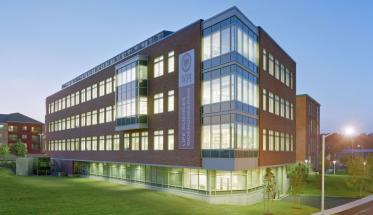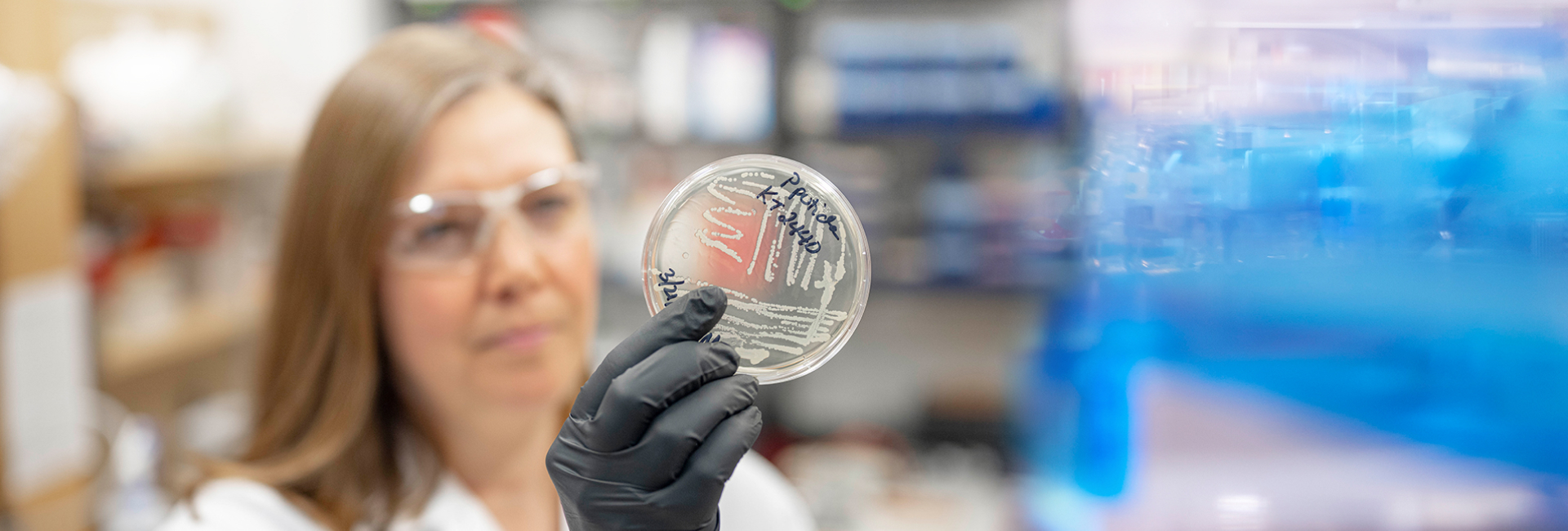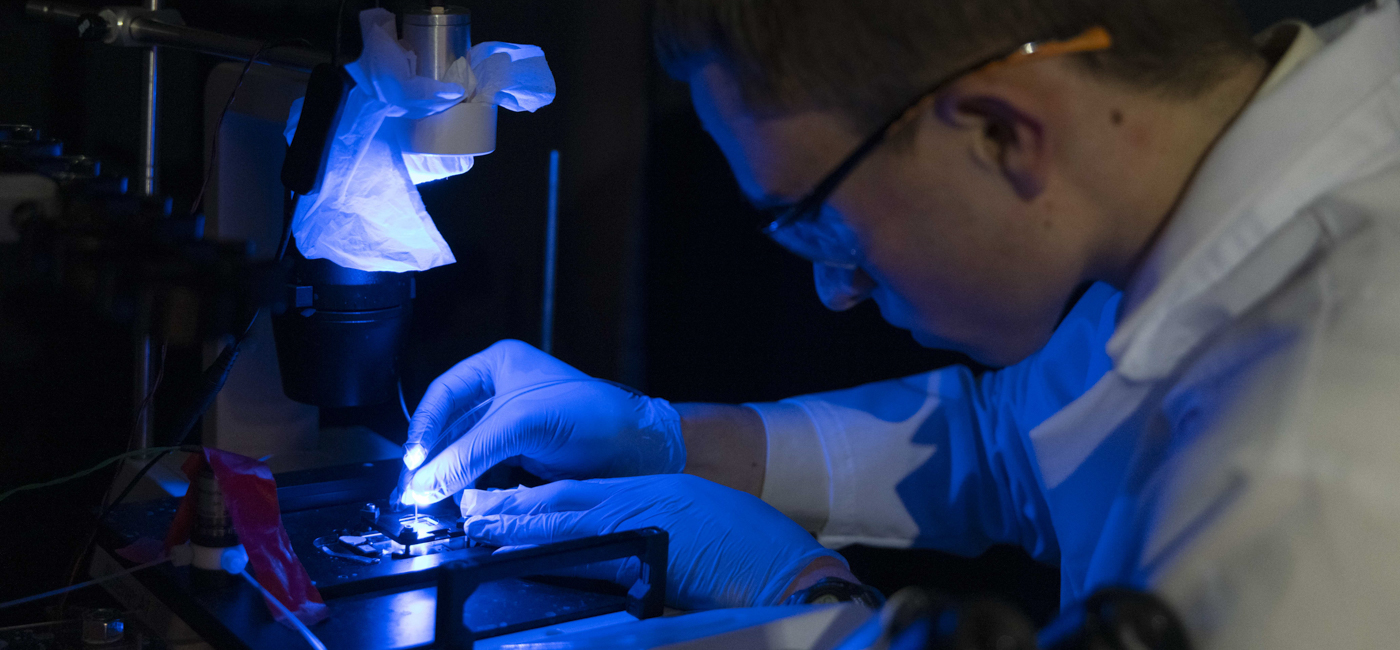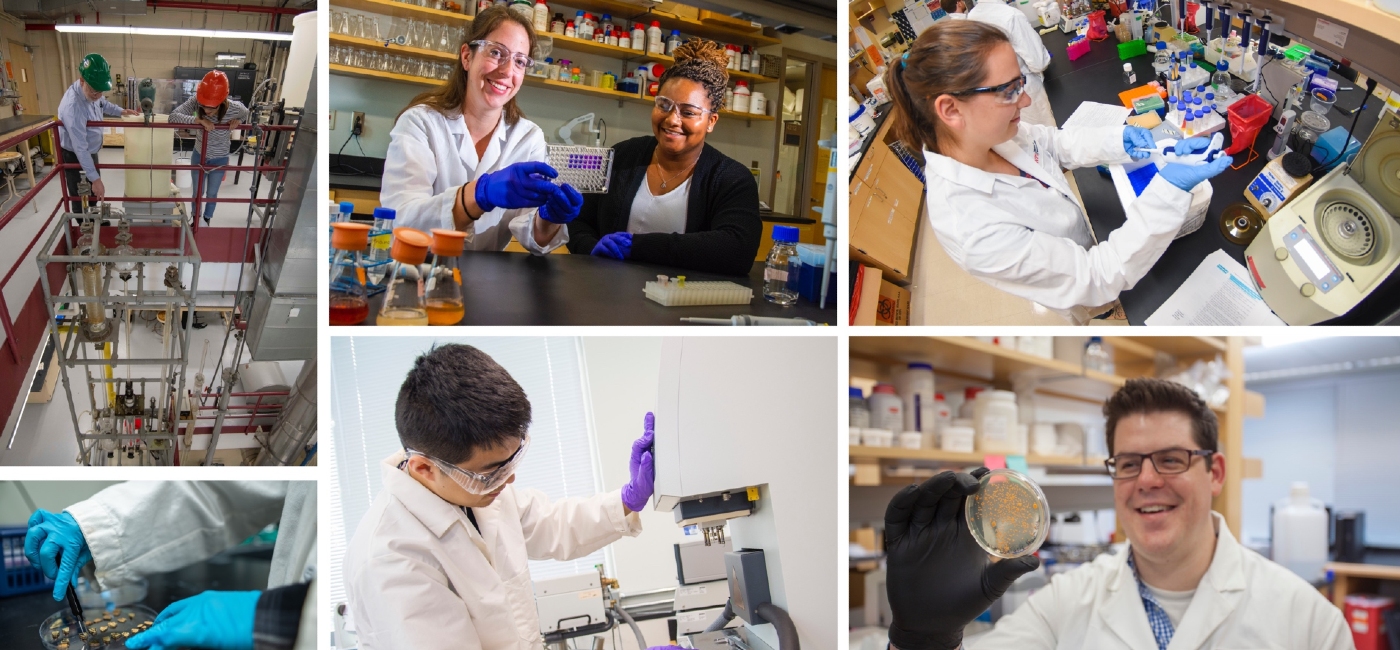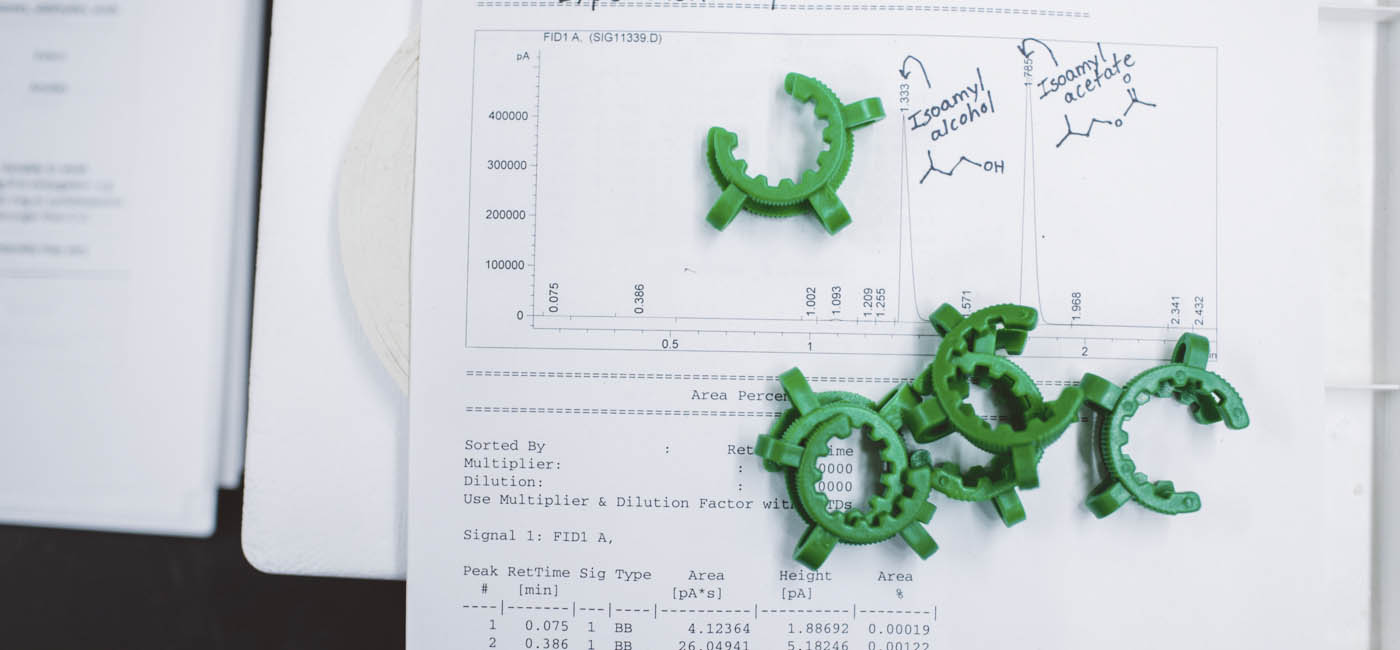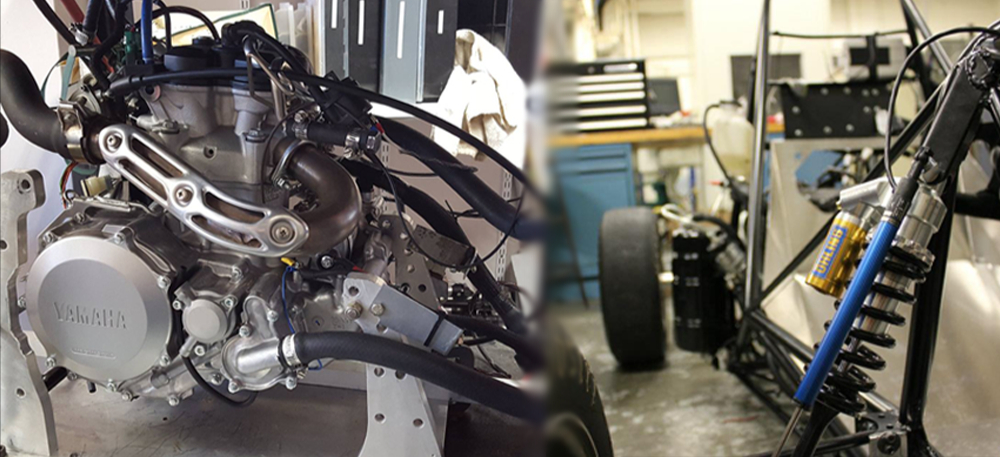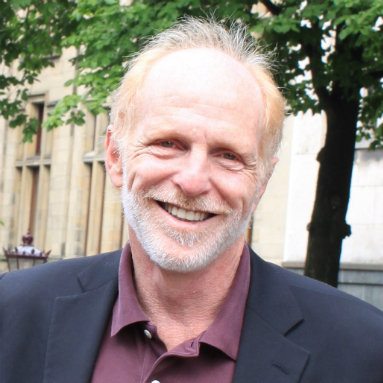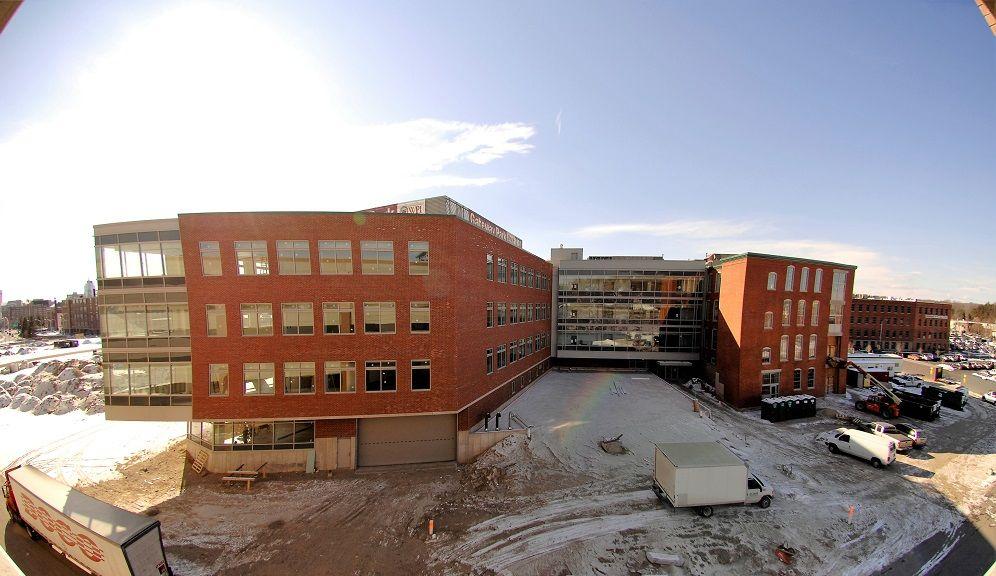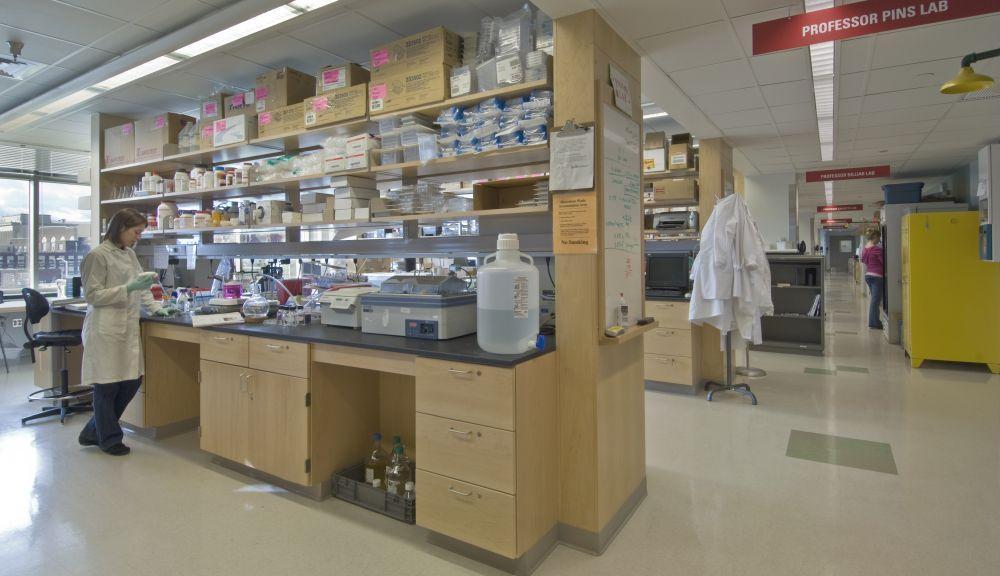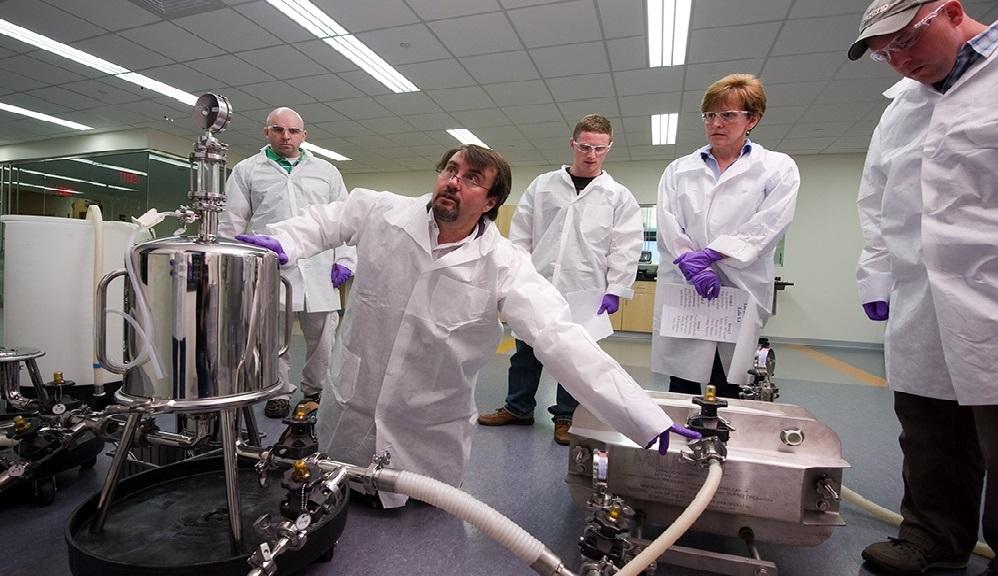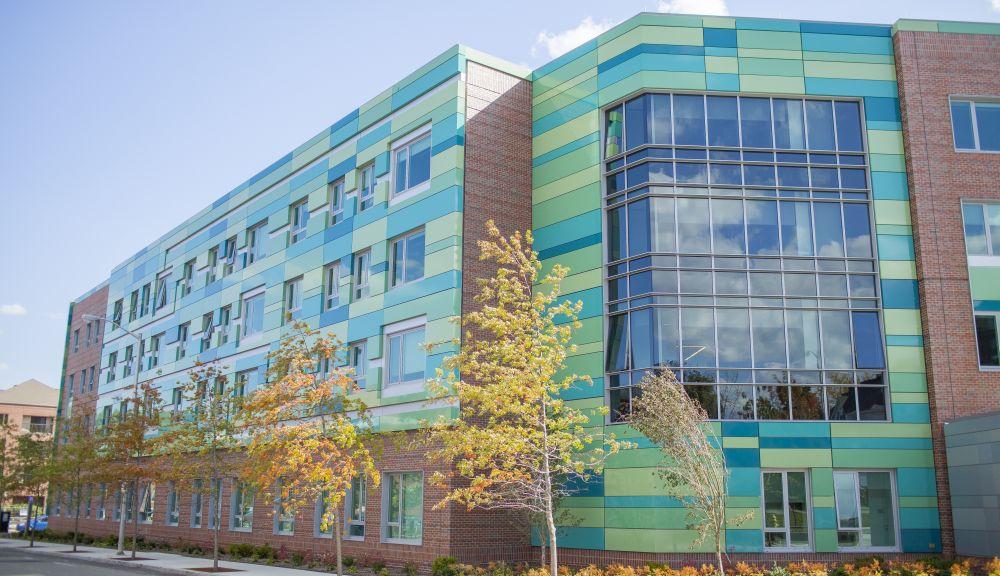It’s been nearly a decade since the doors to WPI’s Life Sciences and Bioengineering Center (LSBC) opened. The first building to rise at Gateway Park, an 11-acre mixed-use campus taking shape just north of downtown Worcester and a short walk from the main WPI campus, the LSBC, formally dedicated on September 17, 2007, represented something of a gamble. In building the 125,000-square-foot research facility, the university was betting that by making a $65 million investment in the life sciences (the cost of the building and the site clean-up), it would realize dividends down the road.
That bet has paid off, and then some, says Eric Overström, former professor of biology and biotechnology, who joined WPI in 2004 as head of that department. “This building has produced a return on investment well beyond anything we anticipated at the time,” he says.
The LSBC was the answer to a question that had been nagging at WPI since it acquired the Gateway Park property in 1999, jointly with the Worcester Business Development Corporation: How could that former industrial brownfield benefit the university? The idea of constructing a building to provide much-needed space for a growing a research enterprise emerged early on, but what kind of research would be represented was unclear.
Overström recalls a meeting where several faculty members described the facilities they envisioned for the new center, including fire labs and a drop tower for impact research. He and his fellow life sciences department heads, the late Chris Sotak in Biomedical Engineering and Jim Dittami in Chemistry and Biochemistry, huddled and decided to propose a more focused approach: move all of WPI’s graduate research programs in the life sciences and bioengineering to the new building.
The idea had a practical motivation. The wet labs in the 115-year-old Salisbury Laboratories building, where the biologist and biomedical engineers worked, were poorly suited to modern research, while lab space in the newer Goddard Hall, home to chemistry, biochemistry, and chemical engineering research, was running short as the WPI faculty grew.
